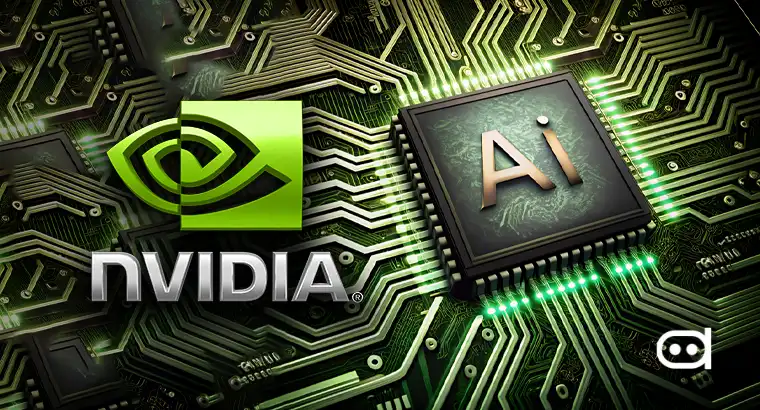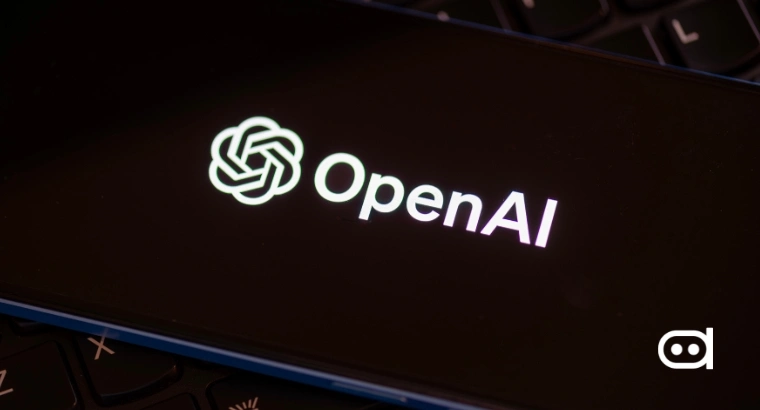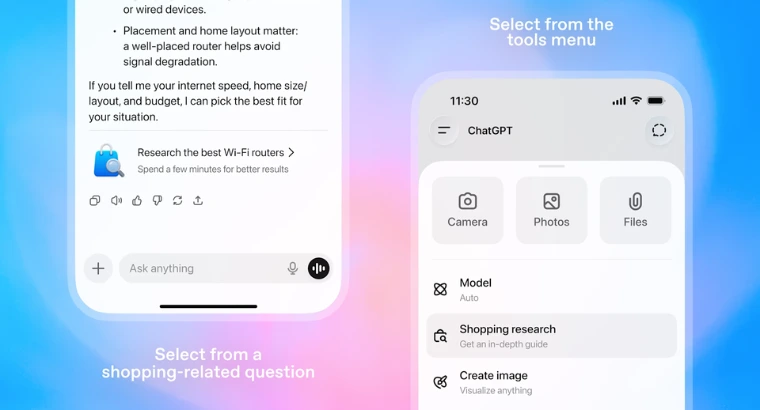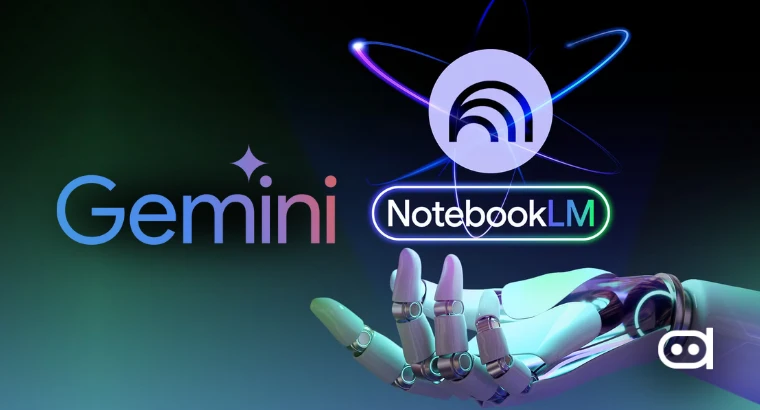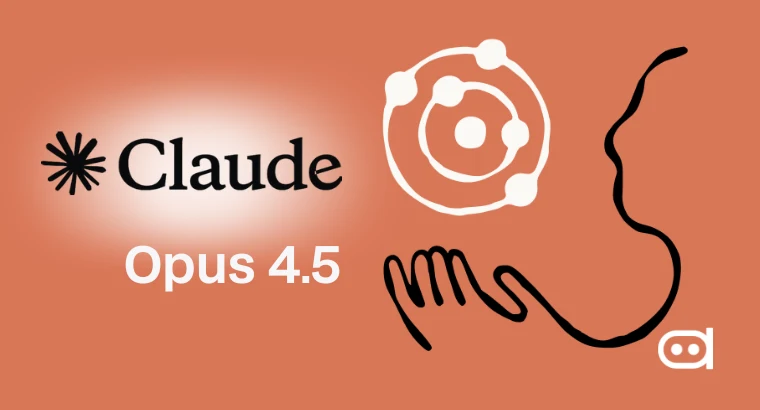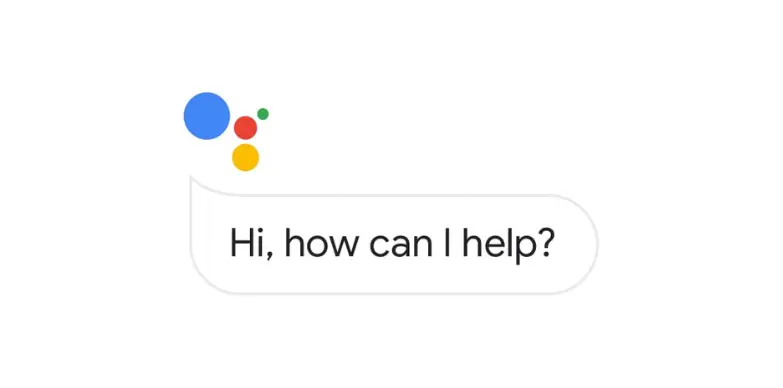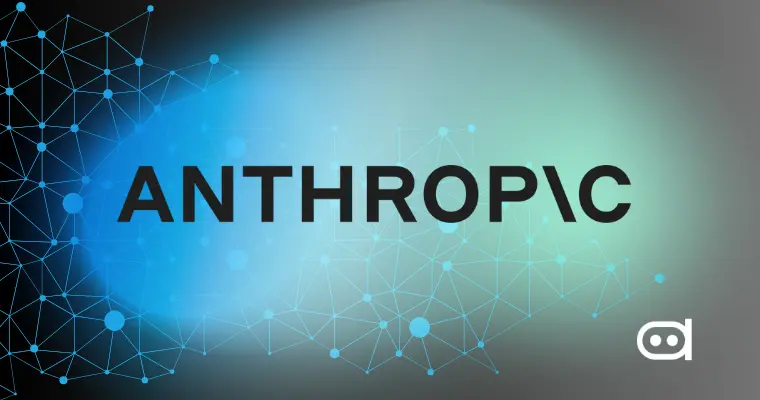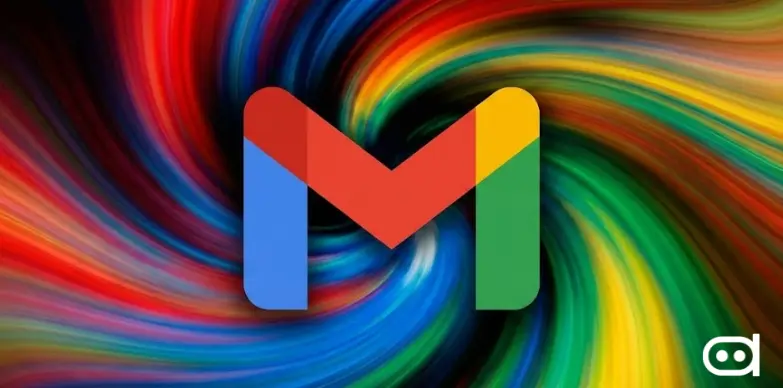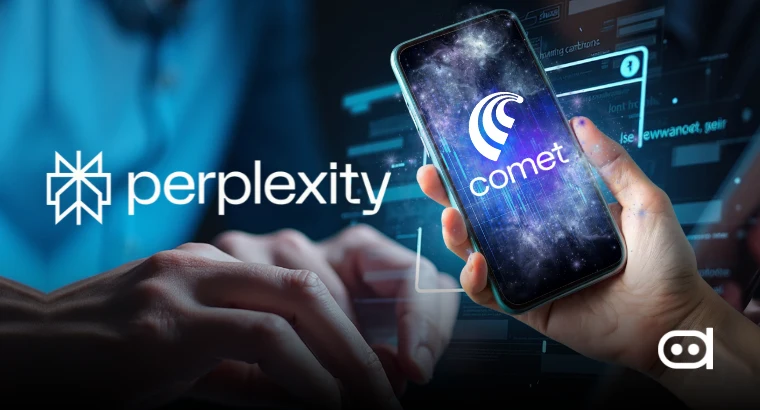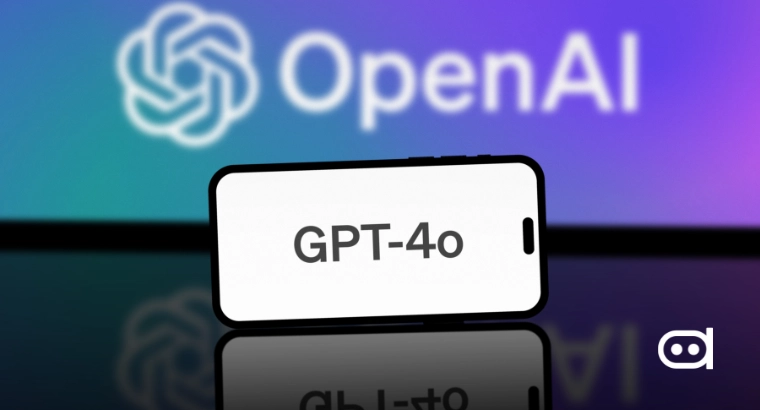
Key Highlights
- OpenAI shuts down rumors of GPT-4o’s October phase-out
- These speculations surfaced soon after the launch of GPT-5, facing criticism over “robotic” tone
The internet loves a good panic, especially when it comes to AI. Over the past few days, rumors spread like wildfire that OpenAI was pulling the plug on ChatGPT-4o in October.
But here is the truth. Those rumors are dead wrong. Despite the buzz on Reddit and X (formerly Twitter), OpenAI has no plans to turn off GPT-4o next month or anytime soon, for that matter.
However, the confusion is not entirely baseless. When OpenAI launched GPT-5 earlier, it initially yanked GPT-4o from ChatGPT without warning, leaving users furious.
ChatGPT-4o: A Trusted Companion for Many
For many, GPT-4o was not just another AI. It was a trusted companion. Writers loved its creative flow, role-players adored its emotional depth, and everyday users missed its warm, conversational tone.
Additionally, GPT-5’s rough launch has shattered many hearts as it has many flaws. GPT-5, a smarter and faster model, felt robotic in comparison. The backlash was so intense that OpenAI backtracked within 24 hours, restoring GPT-4o for paying subscribers.
So why the fresh rumours? Probably because people do not fully trust OpenAI’s long-term commitment to older models. After all, tech companies retire products all the time.
But this time, OpenAI is being crystal clear, according to the latest report. If GPT-4o ever gets phased out, users will get plenty of advance notice. The company even updated its official docs to make that promise explicit.
There is a bigger story here, though. The emotional attachment to an AI model might sound silly, but it is actually a big deal.
For millions, GPT-4o is not just a tool, but it is a confidant, a brainstorming partner. When OpenAI abruptly replaced GPT-4o, it was not just an upgrade; it felt like losing a friend. That kind of loyalty is rare in tech, and OpenAI knows it can not afford to bulldoze user trust.
For now, GPT-4o fans can breathe easy. The model is not vanishing in October, and OpenAI seems to have learned its lesson about pulling the rug out from under users.
Will GPT-4o stick around forever? Probably not. But when it’s time comes, you will know.
GPT-5: Not So Good Model
When Sam Altman took the stage on August 7 to announce the launch of GPT-5, he promised something revolutionary, something like an AI with “PhD-level intelligence” and razor-sharp reasoning.
But within hours of launch, the hype collided with reality. Instead of cheers, OpenAI faced a firestorm of criticism as users slammed everything from technical failures to the controversial removal of beloved older models like GPT-4o.
The backlash centered on GPT-5’s erratic “model router” system, which is designed to smartly assign queries to different AI variants. It kept misfiring, sending simple math problems to weaker models and botching basic geography questions.
Reddit exploded with complaints, with long-time subscribers calling GPT-5 “broken” and “soulless” compared to GPT-4’s nuanced, human-like responses. Many cancelled ChatGPT Plus memberships on the spot, fed up with stricter rate limits and what they called the “corporate chatbot” vibe of the new model.
Then came the charts fiasco. During the livestream, OpenAI displayed performance graphs that wildly overstated GPT-5’s capabilities. Altman later admitted to a “mega chart screwup”, blaming human error, not AI. However, critics like Gary Marcus slammed, arguing the mess exposed the emptiness of “AGI hype” around ever-larger language models.
OpenAI quickly rushed to reinstate GPT-4o access for paying users, patched the glitchy router, and loosened usage caps.
“We are working on an update to GPT-5’s personality, which should feel warmer than the current personality but not as annoying (to most users) as GPT-4o. However, one learning for us from the past few days is that we really just need to get to a world with more per-user customization of model personality,” OpenAI CEO, Sam Altman, said.
